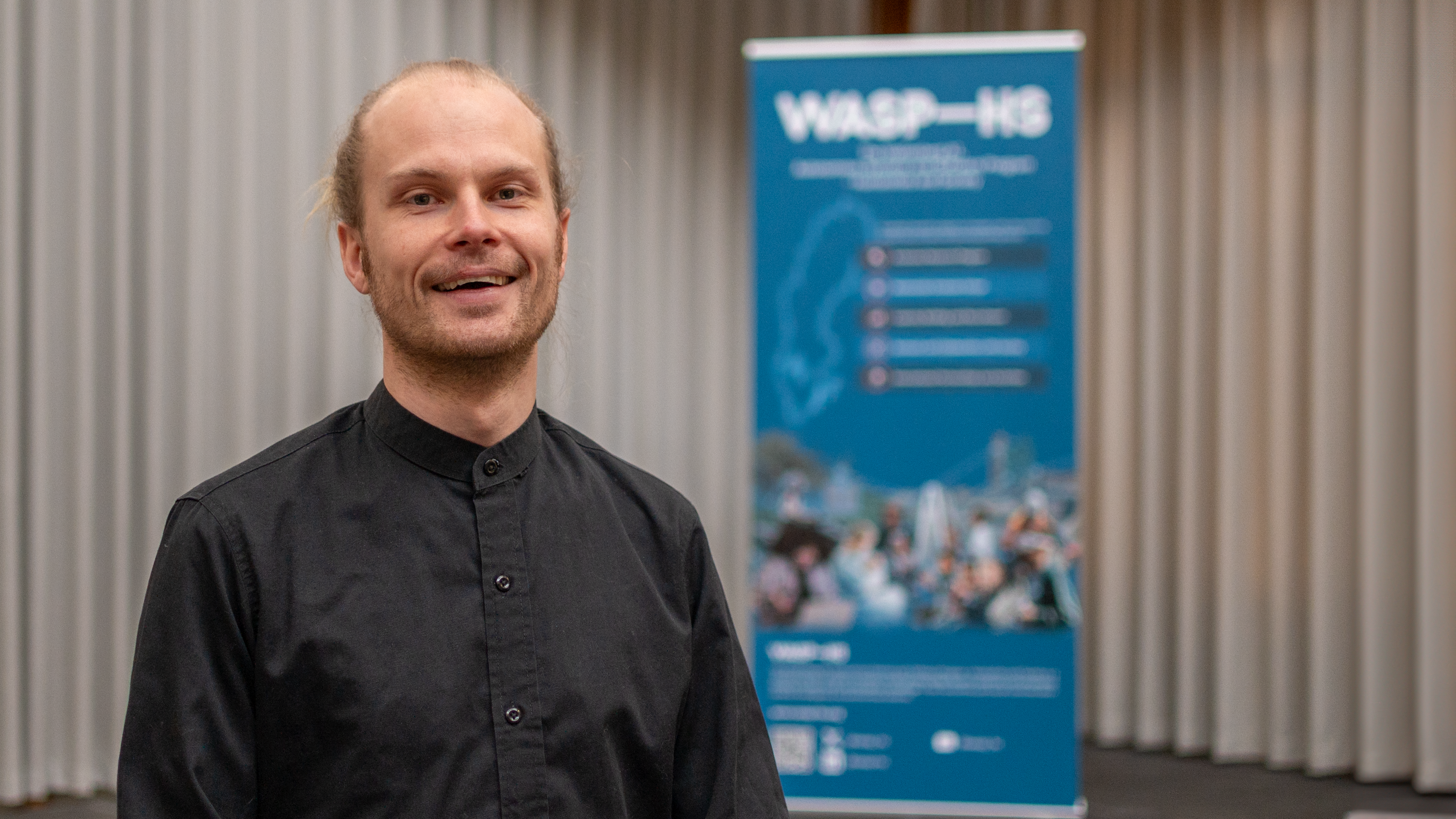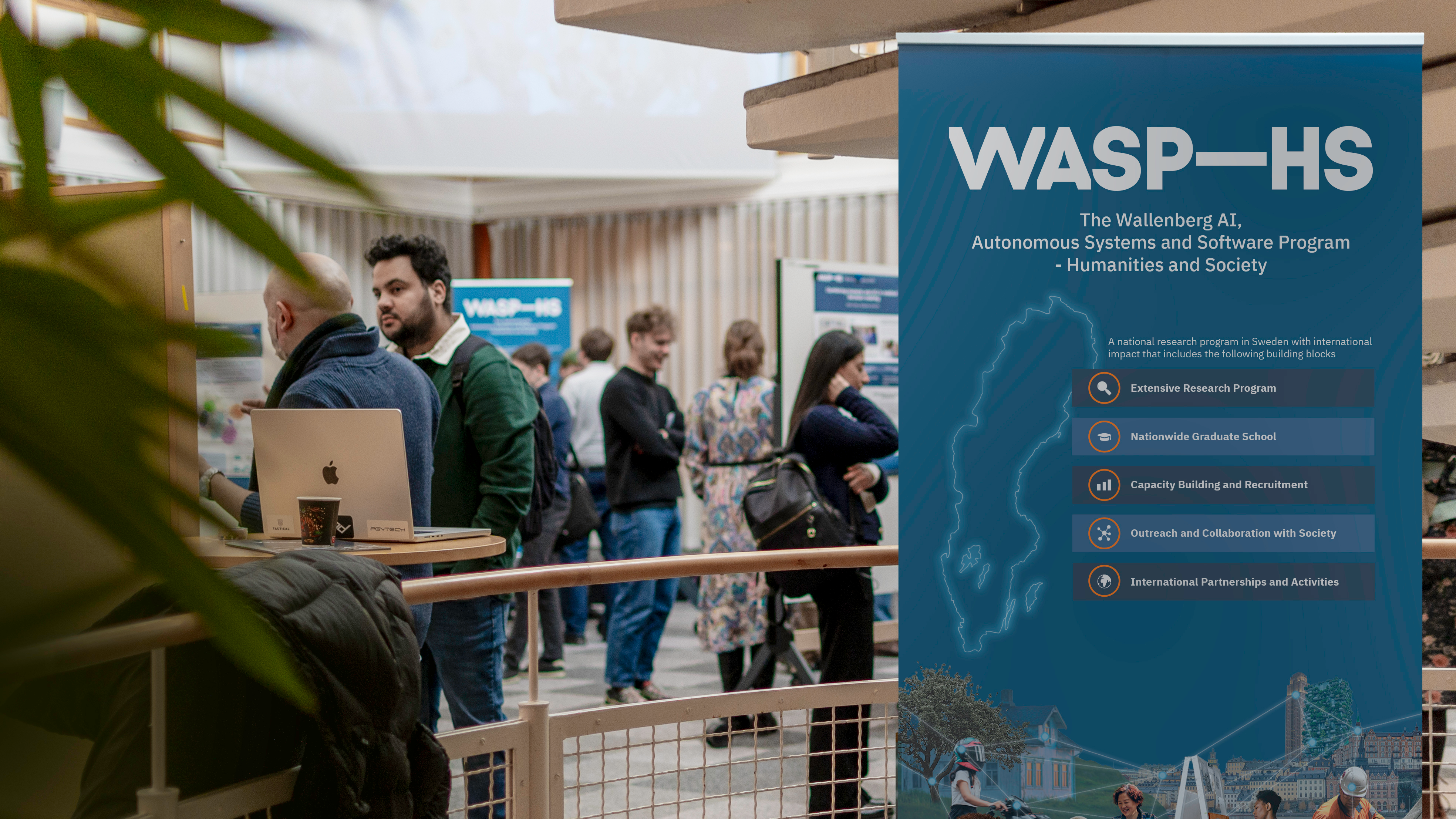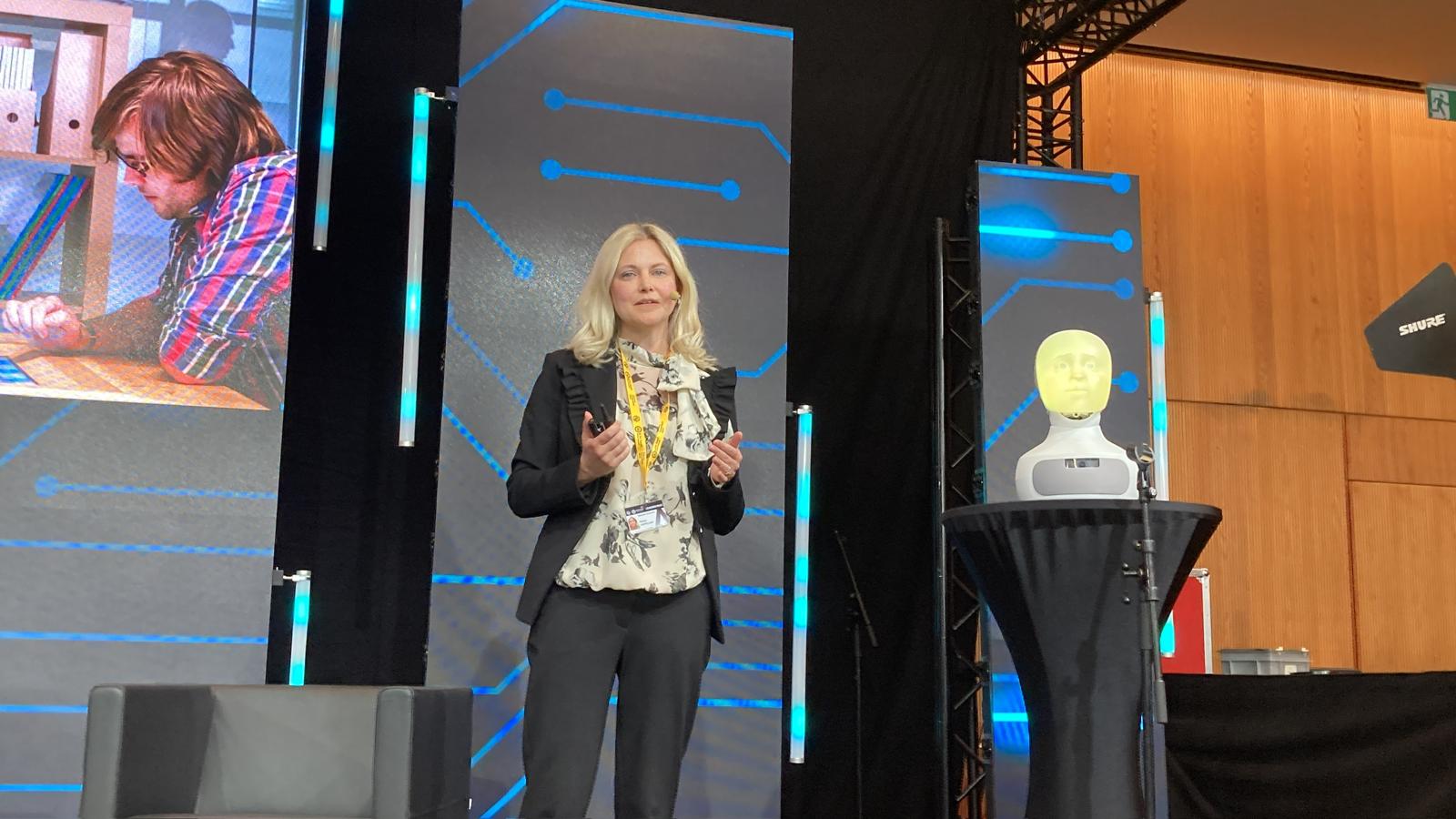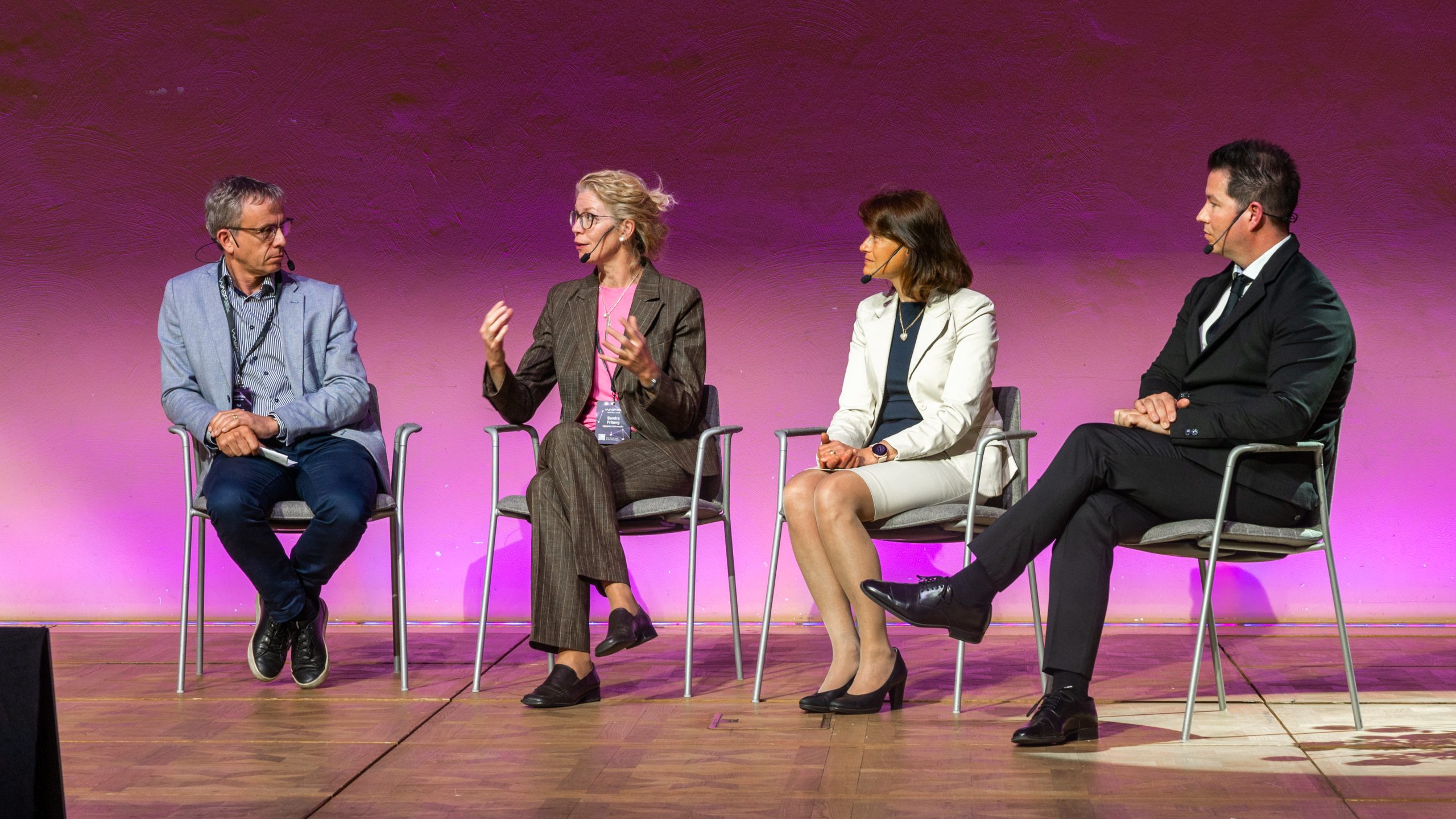Last week, February 7-9, WASP-HS arranged the annual Winter Conference, a conference specifically dedicated for the PhD students within the program. The conference served as a platform for in-depth exploration of the mutual impact between artificial intelligence (AI), humans, and society.
The discussion about the impact of AI on individuals and society continues to grow and become increasingly complex. Last week, the PhD students from the WASP-HS graduate school met up to present their research and discuss these issues at Umeå University.
“The research presented at the conference both examined what AI is doing in and to society, and also showed examples of how humanities and social sciences research is actively and collaboratively working on forming the AI we want to live with in the future” says Ericka Johnson, WASP-HS Graduate School Director and Professor in in Gender and Society at Linköping University.
Strengthening Research Networks
Another purpose of the conference is to bring the vibrant WASP-HS PhD community together to discuss and inspire new ideas and facilitate further networking.

Karl-Johan Stenberg, PhD Student at the Department of Behavioural Sciences and Learning (IBL).
Photo: Hanna Nordin
One of the participants, also from Linköping University, Karl-Johan Stenberg, PhD student at the Department of Behavioral Sciences and Learning (IBL), took part and shared insights from his research focusing on how technology in schools, including AI, affects teachers and learning.
“This conference has been very enlightening. What I mainly take away from these days is how different theoretical perspectives overlap across the various disciplines represented here. For example, I’ve met researchers working on social robotics, something I don’t personally work with, who have provided very interesting theoretical insights that I can use in my research,” says Karl-Johan Stenberg.
The program was brimming with engaging presentations, interactive workshops, and vibrant poster sessions. A captivating keynote by Sarah Ljungblad, Senior Lecturer in Interaction Design at the University of Gothenburg, concluded the event, offering insights on diverse perspectives of design and problem-solving, alongside discussions on design fixations and norms.






